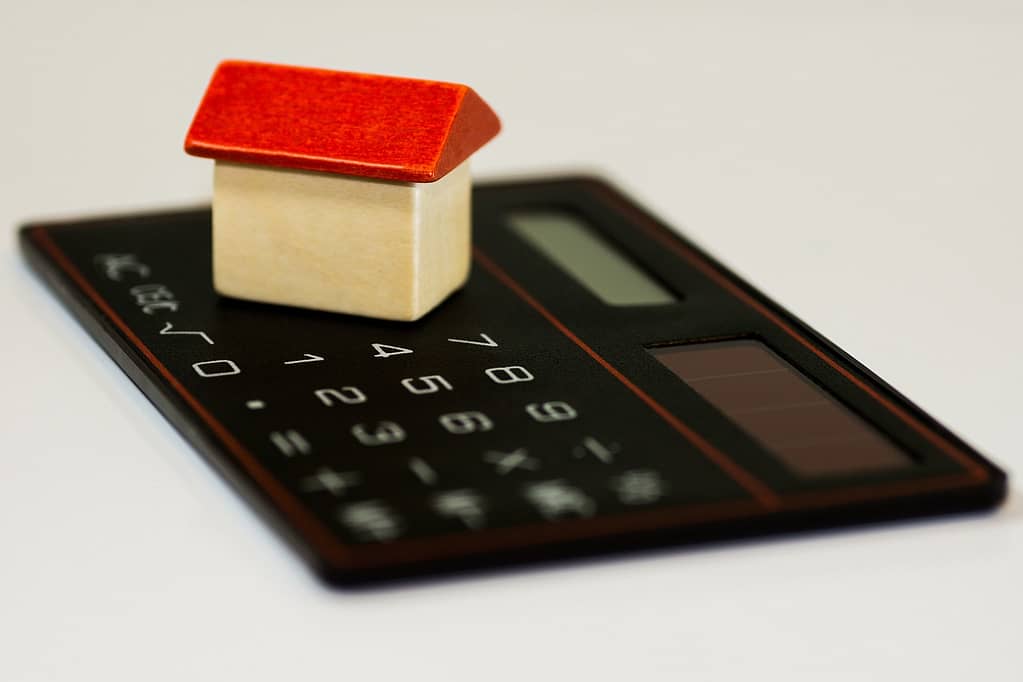Finding Alternative Solutions for Power of Sale in Ontario
For homeowners keen on retaining their property when facing power of sale in Ontario, there are various strategies that can be employed to keep you in your house. Let’s talk about seeking alternative solutions to losing your house to the bank or lender.
The First Step is Always Opening Communication
Establishing an open communication line with the lender can be beneficial. Often, lenders prefer a resolution over property repossession. By expressing intent to rectify the default and discussing hardships, homeowners might find leniency.
Options to Consider When Facing Power of Sale in Ontario
| Refinancing or Second Mortgage If there’s substantial equity in the property, homeowners might consider refinancing or securing a second mortgage. These options can provide the necessary funds to address the default. | Legal Intervention In specific scenarios, seeking a legal injunction can delay the Power of Sale process. While this doesn’t guarantee stopping the process, it can provide homeowners additional time to explore solutions. |
| Selling the Property A proactive approach might involve selling the property before the lender does. This way, homeowners might secure a better price and have more control over the transaction. | Leaseback Options Some investors and companies might offer homeowners a chance to sell their property and then lease it back. This option allows homeowners to access the property’s equity while retaining residence. Give us a call if you’d like to explore this as an option. |

Understanding the Legal Nuances of Power of Sale in Ontario
The Power of Sale process is Ontario’s favoured method of property repossession due to mortgage defaults. But what makes it distinct is its underlying legal structure. By understanding these legal nuances, homeowners can better navigate the process and protect their rights. Unlike foreclosure, which is a judicial process, Power of Sale predominantly derives its authority from the mortgage agreement itself. The clauses within the contract typically dictate the conditions and procedures if a default occurs.
Notice of Sale and Redemption Period
The Notice of Sale, issued after a stipulated grace period post-default, is the lender’s formal indication of intent to sell the property. This notice isn’t just a warning; it’s a legally mandated document that provides homeowners a period (usually 30 to 35 days) to rectify the default. After the Notice of Sale, homeowners enter the “redemption period.” During this time, they have the opportunity to pay off the outstanding amount, including penalties or fees, to halt the Power of Sale process.
Eviction After Property Sale
A pivotal legal distinction in Ontario’s Power of Sale is that the lender doesn’t need to evict the homeowner until after the property’s sale. This contrasts with foreclosure, where eviction typically occurs once the lender takes possession.
Avoid Procrastination
The Power of Sale process is streamlined and efficient, but its speed means homeowners must act promptly. The prospect of losing your home to the power of sale is a hard thing to face, but with proactive measures, understanding of rights, and timely interventions, homeowners like you have the potential to navigate these turbulent waters successfully.




